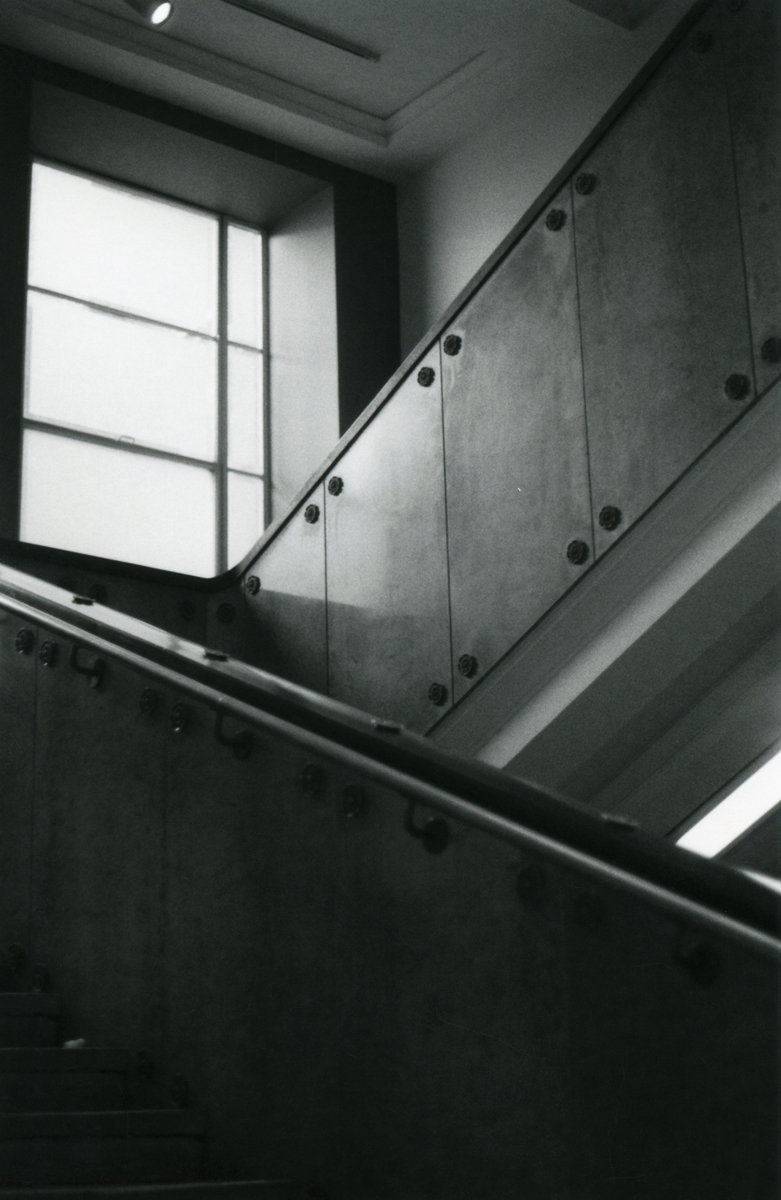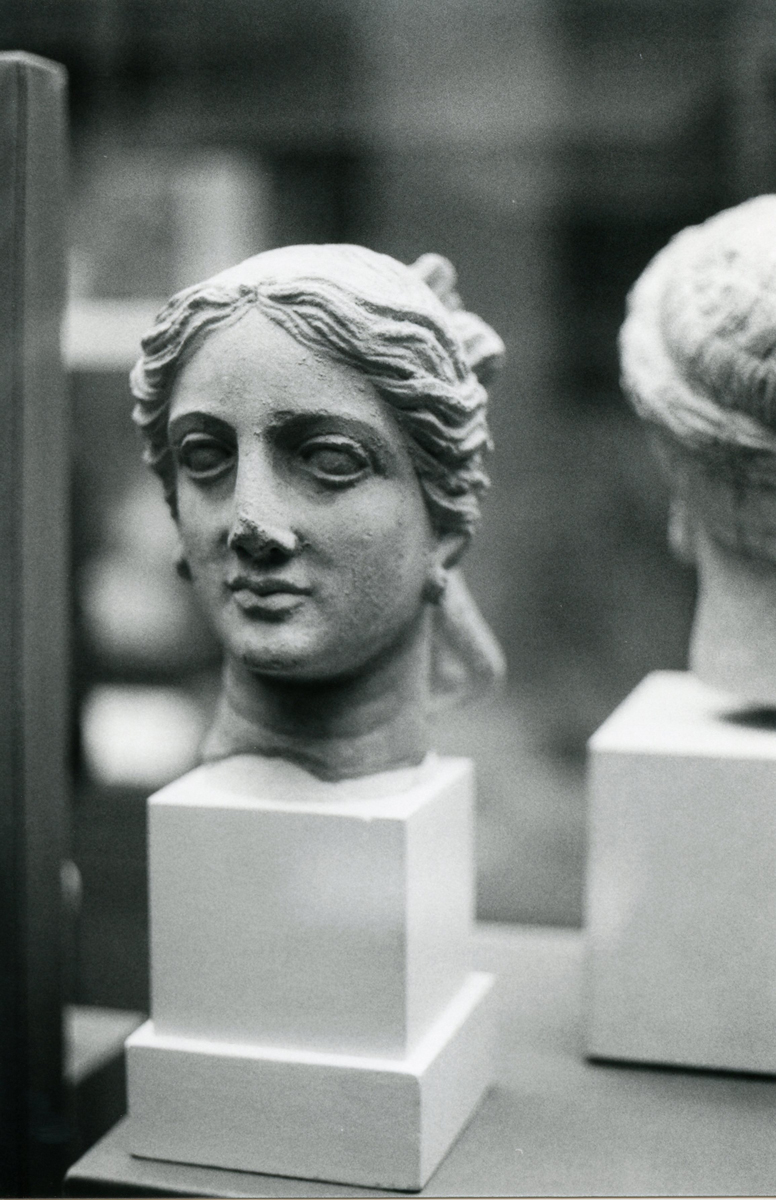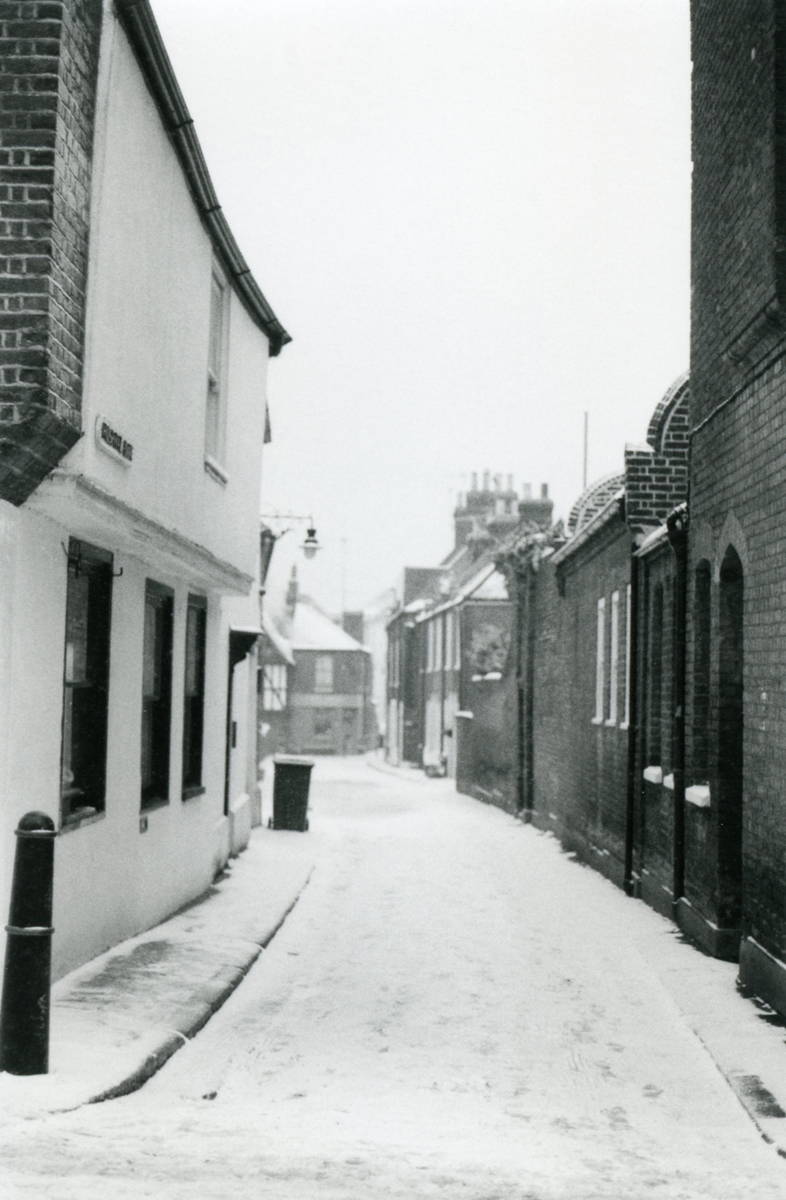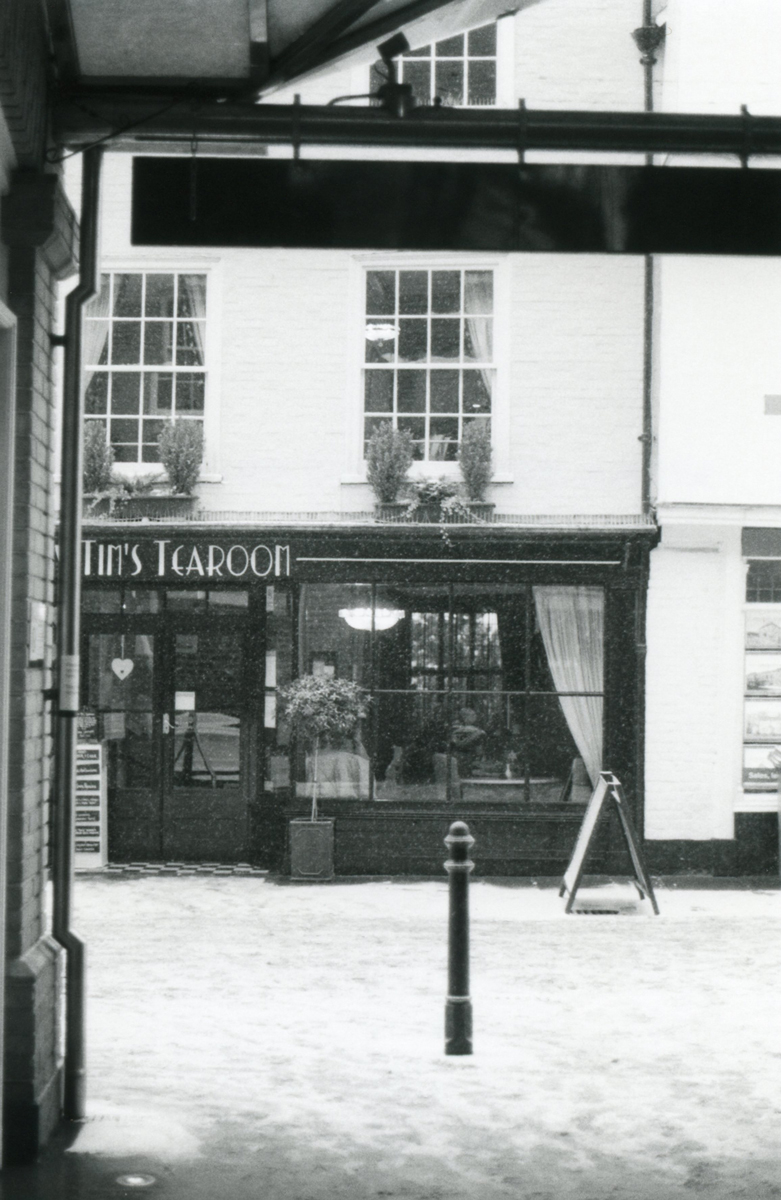In Focus - Lea Elm Posted On 21st February 2023 To Magazine, Lockdown Sessions & In Focus

Our 66th In Focus interview is with Danish photographer Lea Elm who is a writer living in England. Find out why analogue and instant camera's became an epiphany within Lea's work.
Section 1 - Background
Share your favourite image / print shot on ILFORD film and tell us what it means to you?
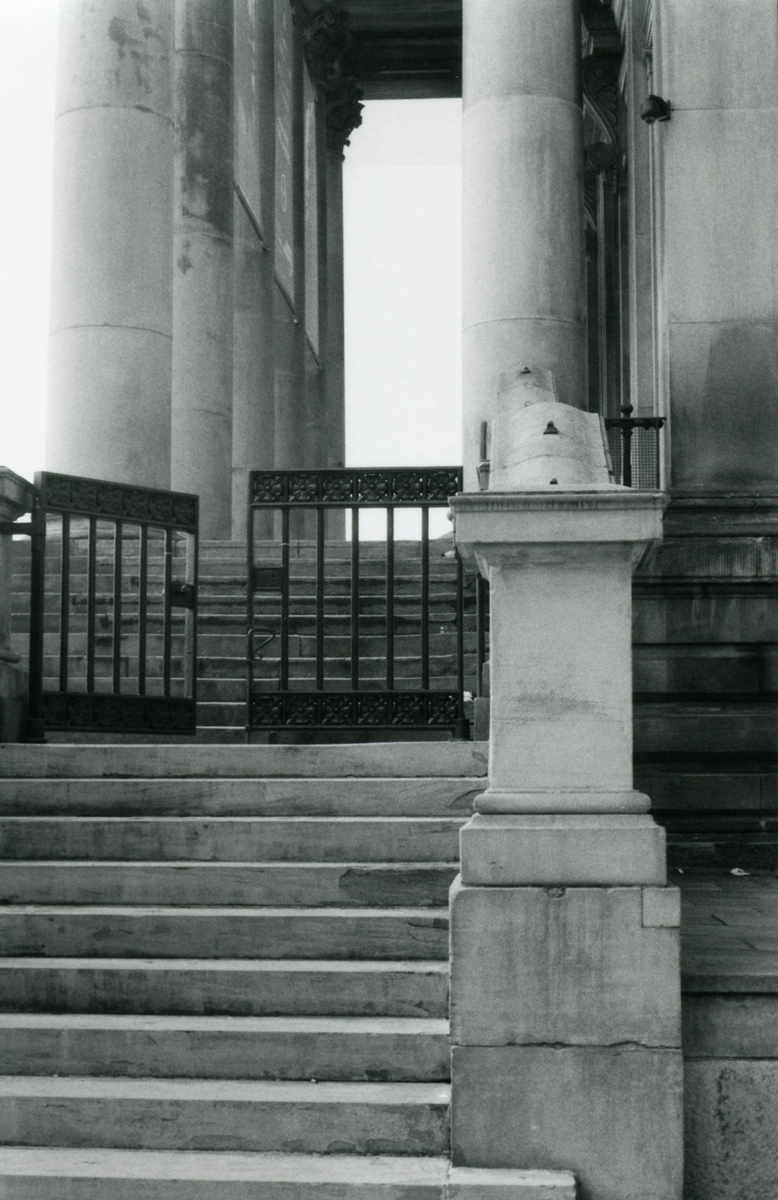
World - Museum -Liverpool - 2019 - HP5+
It was hard to pick just one but I decided on this one taken in 2019 on my first, and so far only, trip to Liverpool. Rachel Brewster-Wright (of @LittleVintagePhotography) had asked me if I wanted to be her assistant for the day at a cyanotype workshop at Liverpool Central Library and the day after I went back to take photographs of the library and other buildings in that area. I love how the building’s history can be seen in the different layers and textures of the stone that the film has picked up and how the gate seems both like an open invitation and a restriction at the same time. I also like the photo because of the timeless quality it has and how it isn’t immediately obvious what year it has been taken. It could be now or it could be a scene from many decades ago and I think the inherent qualities of film enhance that impression.
Just in case anyone doesn’t know who you are or what you do can you give us the overview?
My name is Lea and I’m a photographer and writer from Denmark, who now lives in South East England. I work mostly with film, using 35mm and instant cameras but I use hybrid and alternative processes too, and in recent years I have also moved into printing and bookbinding, so I now make my own handmade photo books and zines, too. I take photographs of almost anything but most of it is documentary in some way and usually doesn’t feature a lot of people. Outside of photography I love literature, art and museums and for the last five years I have worked in the book industry, which helps fund all those rolls of film.
How and why did you get started shooting film?
I grew up in the 90's, so film was part of my childhood but it was in 2017 that I found my way back to film when I saw a disposable ILFORD camera in Boots one day by chance. I had never shot with black & white film before and I loved the grain and look of the prints when they came back from the lab. After that I asked my dad about his old film camera, which he dug up and gave to me. When I saw the photos from the first roll I put in that camera I was completely blown away, it was such an epiphany. I discovered that film was somehow able to capture what I feel about the things I photograph in the moments when I press the shutter, which I realised was exactly what had been missing from the thousands of digital photos I had been taking up until then. It was quite a profound moment where something just clicked and settled into place for me. After that there was no going back.
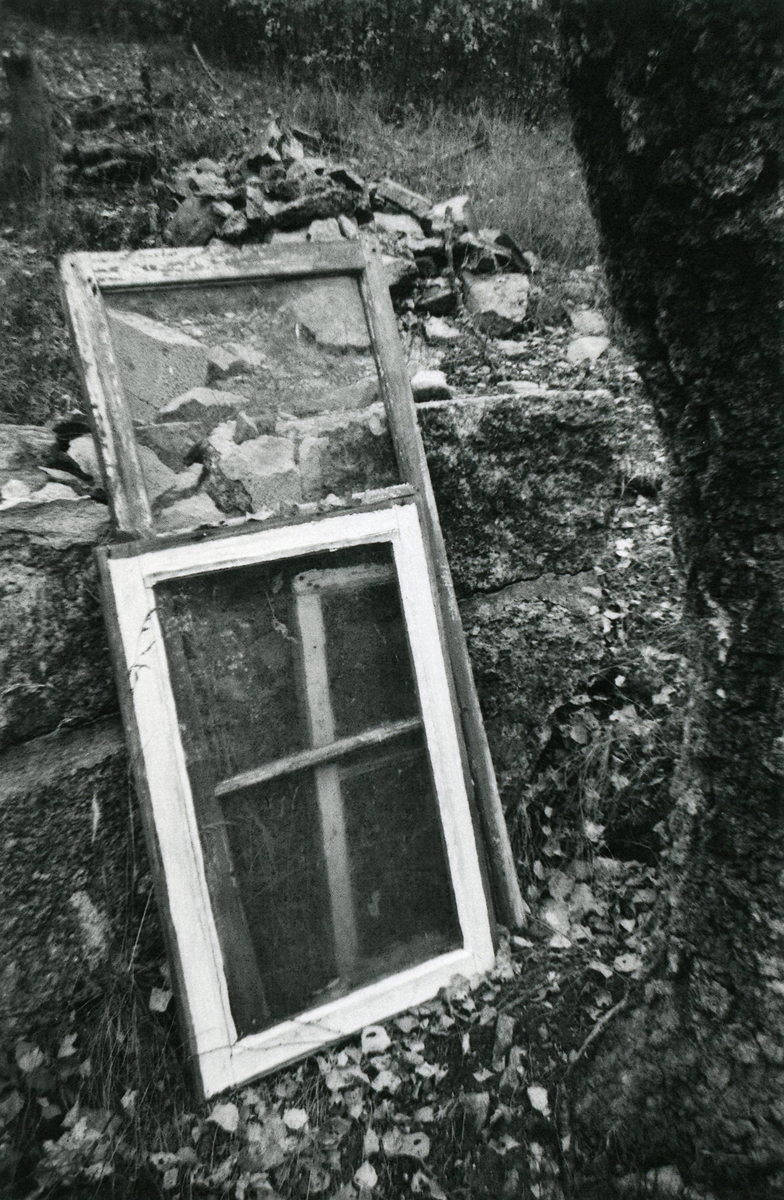
Blekinge - Sweden, 2018 - HP5+
Who has been your biggest photographic inspiration to date?
Can I cheat and mention two? Eugene Atget has been a big both conscious and subconscious influence on how I use photography as a way to document specific places and moments to record them for the future. And learning about the work of Anna Atkins the year I was doing my Master’s degree did not only get me into cyanotypes and alternative processes but was also the reason I started exploring how bookbinding could be used to present projects in a tangible, final form.
What is the best piece of photography tip or advice you have ever received?
When I first started getting into film photography I either read or someone told me to always take a deep breath in and breathe slowly out before pressing the shutter. Because it keeps the camera steady, I have avoided a lot of blurry photos that way but it has also added a mindful aspect to my photography practice. Now I associate photography with taking a deep breath and a moment to gather myself.
What film photography related projects are you currently working on (or are in the pipeline)?
I have been working on a long-term project on museums for a while now. It’s an ongoing, open-ended project which will take me years to do and I’m not sure it will ever be completed. Whenever I go to a new place I make a point to seek out museums for the project but I also revisit museums I have already been to. I recently used Portra800 film for the first time, which is more versatile with those settings, so that has been an exciting development and means I’ll probably go back to some of the museums to compare the difference with my old photos or take better photos of what didn’t work the first time.
I also have a lot of zine and handmade projects that I want to work on, including a black & white project from my home town in Denmark that I’m hoping to turn into a book, as well as small, one-off clothbound albums where I use instant photos. I want to keep exploring ways that bookbinding can be used in combination with photography and how each craft can speak to and complement the other. When I was at university studying literature and culture I liked an interdisciplinary approach and I do the same when it comes to photography, writing or printing.
What / where is your next shoot and how do you decide what film / kit you will use?
Probably a museum somewhere! I will use my trusted Ricoh KR5 SLR with a 50mm lens. Occasionally I could do with a wider angle because of the restrictions of working indoors in buildings with complicated architecture but the limitations are sometimes what makes it interesting for me to shoot in those settings because it forces me to work or notice things in a different way.
What are your photographic goals going forward?
I would love to make more time. Claiming more time to work on my photography and bookbinding projects is something I want to achieve in the next year and I’m already working towards getting there. The last three years have been incredibly tough for me personally but with some things settling in my life, it looks like freeing up more time could be a possibility.
I hope to use that time to make more work but also to put it out into the world more often and to submit my work more than I have done in the past.
- Museum – staircase -London -2019 – HP5+
- Museum – artefact-London – 2019 – HP5+
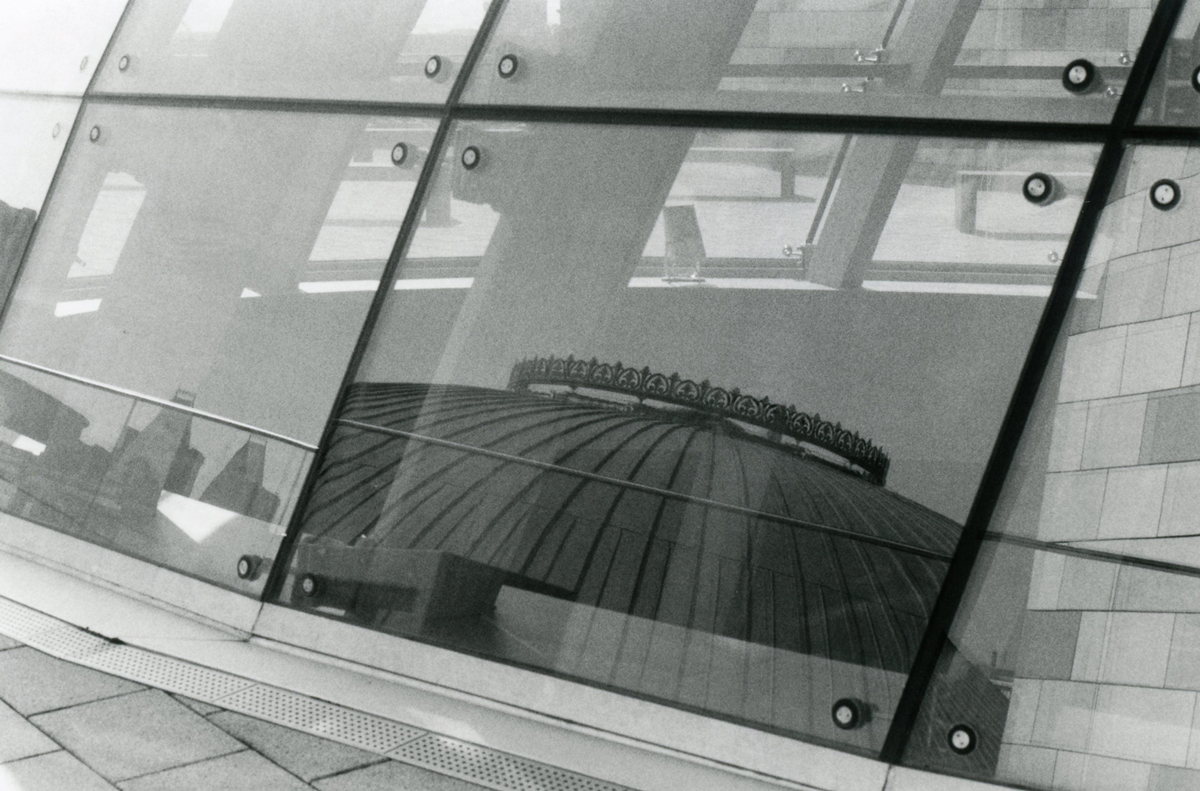
Liverpool-Central-Library-Liverpool-2019-HP5+
Section 2 - Shout outs
We all need a bit of inspiration and love so this is your chance to tell the community about yours – from the film photographers whose work inspires you, the labs you trust with your film, your ‘go to’ film photography stockists, your favourite community darkrooms or just anyone in the community who you feel deserves a special mention.
Give a shout out to your 3 favourite film photographers currently active on IG or Twitter and briefly tell us why others should follow them.
Laura Ward (@laurakiora on Instagram) - There is a softness and subtlety to her photographs I really like and some of her most beautiful ones depict botanical settings and places and buildings obscured by fog or light leaks. She works in a museum and museums sometimes feature in her photography too so we have that interest in common.
Richard Davis (@Palaeoboy on Twitter) – Richard works in a style very different from my own, so it gives me new ways of seeing things. He experiments much than I will ever be brave enough to do, like his B&W large format photographs of plants and flowers he has grown in his own garden. I also like his architectural photos a lot.
Allysse Riordan (@allysseriordan on Twitter) – I love following Allysse on Twitter, particularly for the interesting conversations about photography, cameras and books but also to follow along on their travel adventures and photography journeys around the country.
Normally I would also have mentioned Chi (@chichic on Twitter) and Rachel Brewster-Wright (VintagePhotoCo on Twitter) because I have followed their work for years but they often get mentioned here, so I wanted to name a few other photographers that have been my favourites this year too.
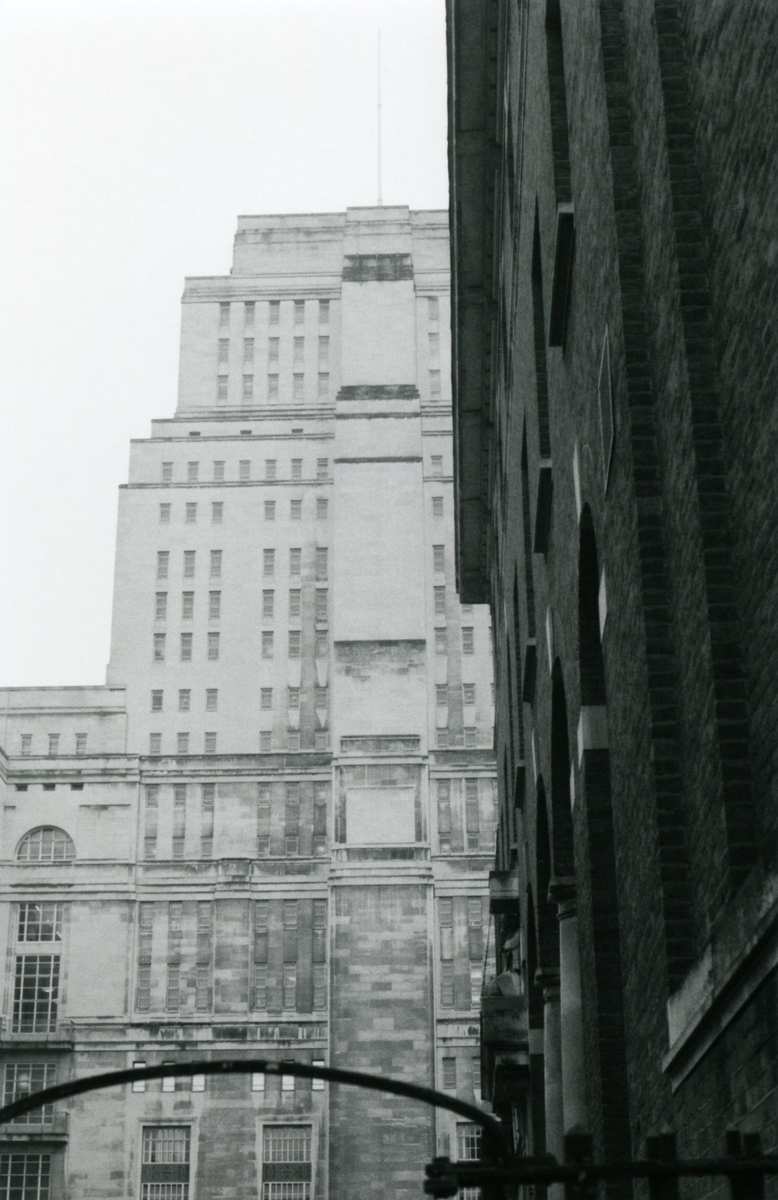
SenateHouse - Library -London - 2019 - HP5+
Give a shout out to your favourite photography YouTube channels.
I don’t really use YouTube unless I’m looking up trailers to films before going to the cinema.
Give a shout out to your favourite photographic retailers.
The Photographer’s Gallery bookshop sell an interesting range of well known and more niche photo books but they also have a good selection of different cameras and film. They have saved me on more than one occasion when I have run out on a trip to London. https://bookshop.thephotographersgallery.org.uk/
When I’m in Copenhagen I rely on Photographica for any unplanned or last minute film top-ups. https://www.photografica.com/
Give a shout out to your favourite lab service, if you have one.
I am on the look out for a new lab, so I will gladly take recommendations myself.
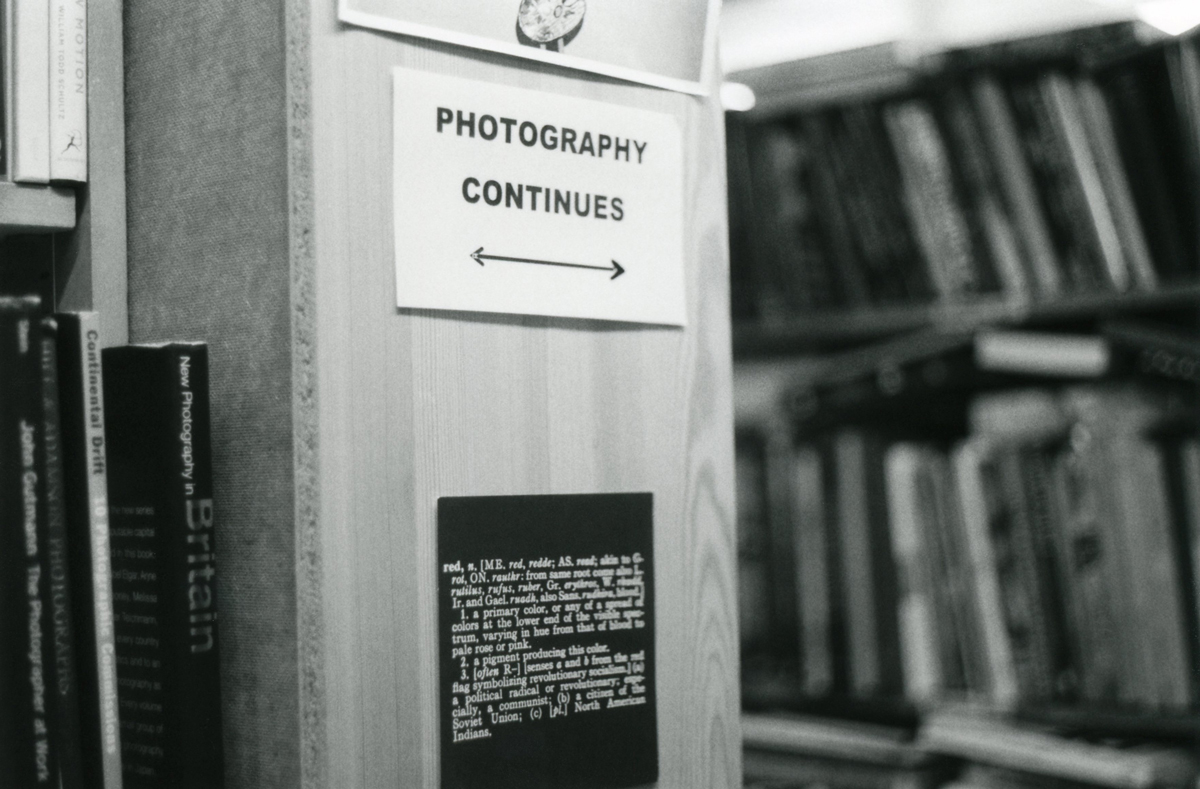
Bookshop - London - 2019 - HP5+
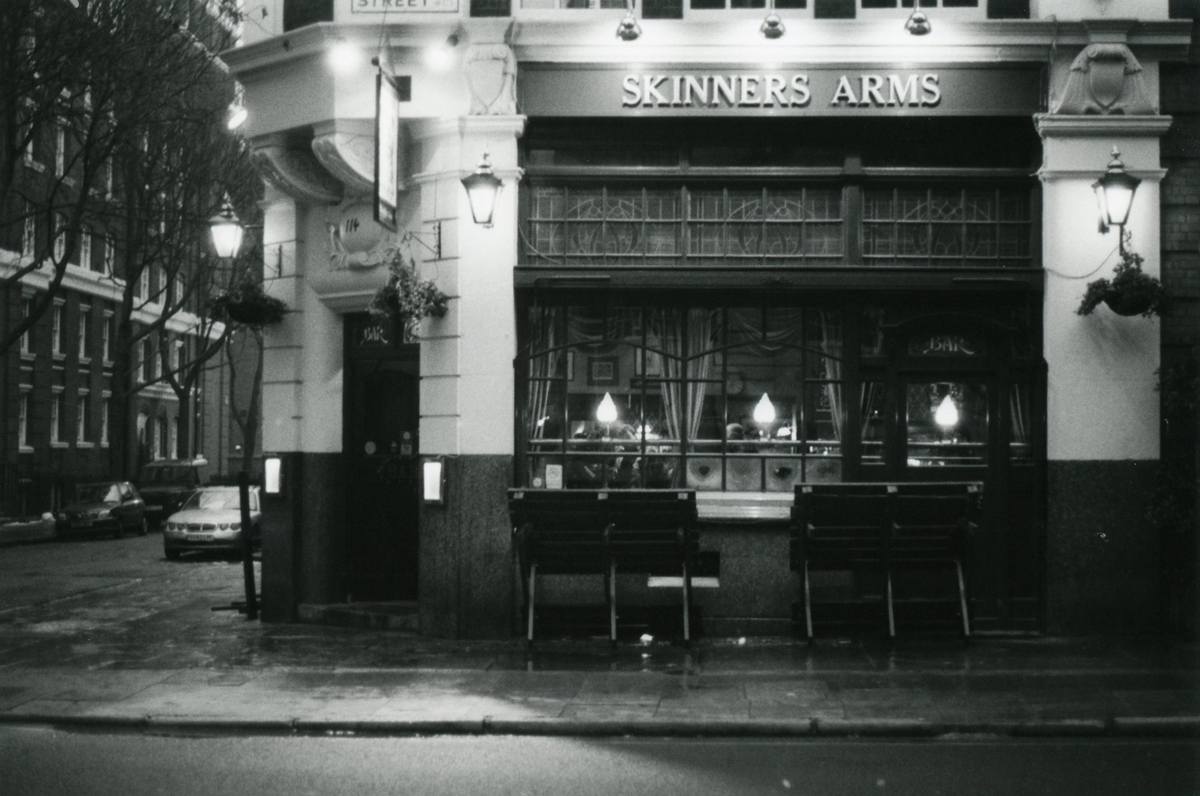
London - 2019 - HP5+
Section 3 - Favourite kit
What film cameras do you own and which is your favourite?
I have a few but my Ricoh KR5 slr and the Fujifilm Instax Mini 90 Neo Classic are my favourites. They are both easy to use and for me less is definitely more, it means I can focus on the image I want to get.
Aside from your camera, lenses and film what accessories make it into your camera bag?
Spare batteries and lens cloths, always. I have already been caught with a failing battery once and swore I would never let it happen again after it ruined the meter reading on an entire roll of film from a trip to Copenhagen that would have been pretty good otherwise.
What is the best piece of photography kit you have found or been gifted?
My partner bought me a 50mm lens for Christmas one year for my Canon DSLR and it changed my photography completely. The 50mm sees the world the same way I do, which has made it easier for me to compose the images that are in my head.
As this is an ILFORD interview it would be remiss of us not to ask about your favourite ILFORD products. Tell us you favourite ILFORD film, paper or chems and why?
The ILFORD disposable cameras are what got me hooked on film photography in the first place and I think they are a great entry way into film.
And finally…
Nominate one other person you think should fill in this form and we will reach out to them.
I don’t actually know if she shoots on ILFORD film but I would love to see more of Laura Ward’s B&W work.
- Canterbury – 2019 – HP5+
- Tiny – Tim’s -Canterbury – 2019 – HP5+
About The Author

Lea Elm
Lea Elm is a Danish photographer who came to analogue and film photography after leaving Denmark to study in the UK. Her photography is influenced by the places she has lived in or visited and is often documentary and focused on quiet, singular moments. She works in the bookselling industry and spends her time outside of photography with her partner Daniel and their growing collection of books.
Her personal projects and work in progress can be found on www.leaelm.com or on Instagram @leaelmphotography.







